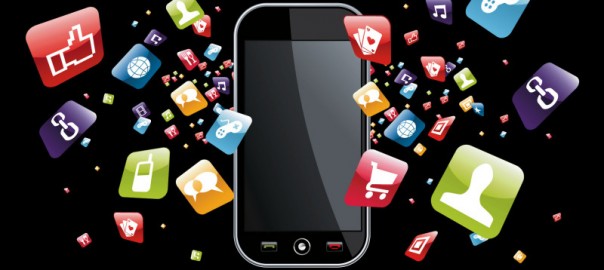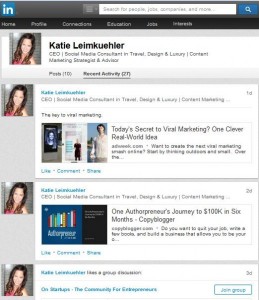Mobile technology the key to more engaged, personalized marketing.
Social and mobile marketing are seeing significant momentum and uptake by marketers according to the Salesforce Marketing Cloud 2015 State of Marketing report released earlier this week. And mobile is increasingly seen as the keystone that holds everything together.
According to the survey of 5,000 marketers in ten countries, nearly 90 percent (86 percent) say it’s increasingly important to “create a cohesive customer journey” and mobile (applications) was identified as most effective technology to enable that more cohesive journey.

Source: Salesforce (2015)
The State of Marketing report covers a broad range of digital marketing channels, tools and tactics: email, search, web design, social, mobile and CRM among others. I’m going to focus exclusively on the mobile findings, but the entire report is worth reading. (Also see, Martin Beck’s discussion of the social media findings in the report: 70 Percent Of Marketers Plan To Boost Social Spending In 2015.)

Source: Salesforce (2015)
The survey found:
- 46 percent of respondents were currently using “some form of mobile marketing, either SMS, push notifications, mobile apps or location-based functionality” vs. 23 percent a year ago
- Among those doing mobile marketing 68 percent had integrated it into their broader marketing strategies
- Mobile loyalty campaigns were rated most effective among various mobile campaign tactics (see graphic above)
- Mobile site/app traffic is the most commonly used metric to measure campaign success, with conversions and lead generation number two and three respectively (graphic below)
- 27 percent of marketers have a mobile app; an additional 34 percent were planning to create one in the coming year

Source: Salesforce (2015)
Despite the fact that large majorities of consumers use smartphones to discover location-based content and information the State of Marketing report found that “only 18 percent [of marketers] currently use location-based functionality in their marketing.”
Perhaps the most interesting and surprising finding of the study was the overall lift that mobile provided to all digital marketing:
Marketers who have integrated mobile are shifting more of their marketing spend from traditional advertising to digital channels . . . Additionally, the total spend dramatically increases as marketers integrate their mobile marketing.
Similarly, as marketers integrate mobile into their overall strategy, effectiveness of individual channels also rises . . . In short, when mobile is integrated, all marketing technologies and channels become more effective.
(283)
Report Post








